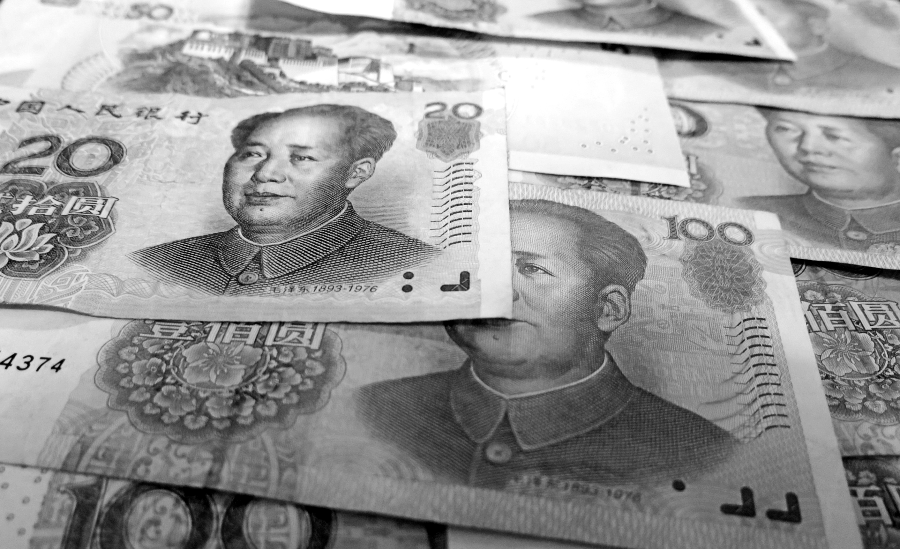Inching toward a multi-layered future
China’s highly anticipated REIT pilot programme finally came to fruition in June, with the listing of the country’s first batch of nine REITs. Packaged in a mutual fund structure, the initial C-REIT form are backed mainly by infrastructure assets, judiciously defined and situated in key economic zones that have been earmarked by authorities to spearhead the country’s recovery from the pandemic.
With China’s new offerings, there are now an estimated 40 infrastructure-backed offerings listed across the region, securitised in various structures with a market capitalisation of about US$90b. While this is dwarfed when seen in relation to the value of the region’s development needs, the significance of C-REITs cannot be underplayed.
The listings in Asia’s largest economy add a compelling dimension to the real assets sector in the region. Given the sheer size of China’s infrastructure market, its pilot programme for REITs is a prelude to a market that could eventually rival that of the US. According to S&P, the securitisation of just 1% of such assets could create an over US$200bn market.
| Country | Market Capitalisation (US$bn) |
| Australia | 63.0 |
| China | 4.9 |
| India | 3.2 |
| Japan | 1.5 |
| Singapore | 6.9 |
| Thailand | 10.1 |
As countries look to bounce back rapidly from the pandemic-induced recession, governments are placing infrastructure-led investments high on the stimulus agenda. Not only because of the considerable multiplier effects it generates, but also for the groundwork that such investments lay for future economic growth. As the focus increasingly turns from containment to longer-term recovery, there are now growing expectations that infrastructure financing volumes in the region will surge.
The Asian Development Bank estimates that the region will need to invest $26tn from 2016 to 2030 if the region is to maintain its growth momentum, eradicate poverty and respond to climate change – that works out to US$1.7tn a year to the end of the decade. Currently, only about US$900bn is estimated to be invested annually. This yields a financing gap of close to US$1tn a year to the end of the decade.
However, given the substantial spending bill, the requirements are unlikely to be met by traditional banking sources. Public budgets, already stretched by fiscal responses to the pandemic, will also be limited. This entails new financing bases – from asset recycling or monetization strategies, private equity and private-public partnerships – to drive repeated rounds of infrastructure investment by tapping on institutional capital and mobilising retail savings.
Enabling the sustainable financing of these massive projects will gain traction and foster the development of infrastructure as an asset class. While China’s REIT regimen its current form will likely still evolve, its formula can be emulated and adapted, especially by those in the region’s emerging markets, to spearhead its own infrastructure development.
Infrastructure trusts can form a critical layer in the capital stack for financing infrastructure developments in the region. Like REITs, they provide a long-term source of capital that funds development cycles, catalysing urbanisation through which a country’s economy can be elevated. Not only does it enable developers and governments to recycle capital, but the vehicle can also form an effective exit strategy for infrastructure funds in the region.
“Infrastructure is inherently less susceptible to economic cycles, delivering diversification benefits in addition to a predictable long-term stream of income”
Investors are also turning bullish over the long-term fundamentals of the sector. Global investment firm KKR just this year closed its first Asia Pacific fund at US$3.9bn to become the largest pan-regional infrastructure fund in the region. As an asset class, infrastructure is inherently less susceptible to economic cycles, delivering diversification benefits in addition to a predictable long-term stream of income.
With the requirements needed by the rapidly developing economies in a region that could eventually host more than half of the world’s megacities, investments into the very assets so critical in driving their growth are a trend that will be played out over decades. While the lack of investment-grade projects remains an obstacle for now, developments expected to accelerate. The region remains a hotbed of construction activity and as its cities continue to grow, the fundamental demand for real estate and infrastructure will increase in tandem.
By 2030, seven of the world’s 10 largest megacities will be in the Asia Pacific. The region’s urban population will expand by close to three billion. Plans to integrate the region’s economies through infrastructure diplomacy programmes will also fuel the development boom. The region’s largest economies are pivoting to infrastructure investments in a big way. India’s infrastructure investment trust market can be expected to expand to over US$100bn in the next five years, according to CRISIL ratings. Aside from the oft-mentioned fast-tracking of digital trends and e-commerce, the pandemic is also hastening the securitisation movement in the region. The benefits of investing in institutionalised assets will be more evident as the world inches towards a post-pandemic future and the securitisation of the very assets so critical in driving its growth will be a massive investment opportunity. The region remains primed to take advantage of this revolution in real assets.








